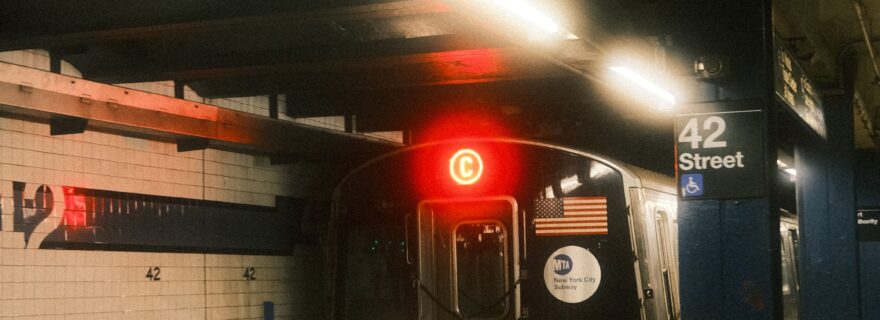Gathering reflections from Leiden University colleagues and students on inclusion
Diversity and inclusion (D&I) in academia has become a widespread topic of concern in universities the world over.
Whereas some think universities are not doing enough to promote social justice and have remained bastions of conservatism, others see D&I policies as problematic and integrally bound up with so-called ‘wokeness’ and ‘cancel culture’. While these arguments rage on both inside and outside of academia, one thing that all can agree on is that calls for more accessibility, diversity, and inclusion need to be addressed in order to move the discussion forward.
In hopes of contributing to achieving this within the context of Leiden University, YAL members have collected a series of blog posts by students and employees of the university, who reflect on the question: What does an inclusive university look like to you? Because issues of D&I are clearly not confined to the category of early-career scholars, we chose to reach out to other groups as well within our university to speak about their experiences in dealing with questions of inclusion and exclusion. To conclude, we have invited the D&I officer of Leiden University, Dr. Aya Ezawa, to reflect on the topics covered in the reflections.
One thing we found was that it was quite difficult for many of the individuals we contacted to speak about the topic. While people were generally willing to share their experiences in private informal conversations, writing a public blog about them was often a bridge too far. As one of our blog contributors highlights, students with disabilities constantly have to speak up and assert their needs in the struggle to receive recognition for why they need certain adjustments to ‘the standard’. Maybe this weariness of (continuously) having to single oneself out plays a part in people’s reluctance to speak publicly about their experiences.
One thing that emerges as a red thread throughout the blog posts is the need for more understanding and acceptance of the diversity of individuals and differences among them as well as the need to relinquish certain conceptualizations of ‘the norm’ or ‘the standard’. Whether we are speaking about questions of disability, race, class, religion, or other forms of diversity, they are all set off against the historically-formed image of who a typical Leiden student/employee/academic is and perhaps should be. In the end, then, diversity and inclusion are as much about building inclusive and accepting communities as they are about policy and management decisions. YAL is therefore starting a new workgroup that focuses on community building and communication among early-career scholars at Leiden University. This way, we hope to contribute to fostering a diverse and inclusive culture at our university, working together with others who aspire to achieve the same goals in a bottom-up way.


0 Comments